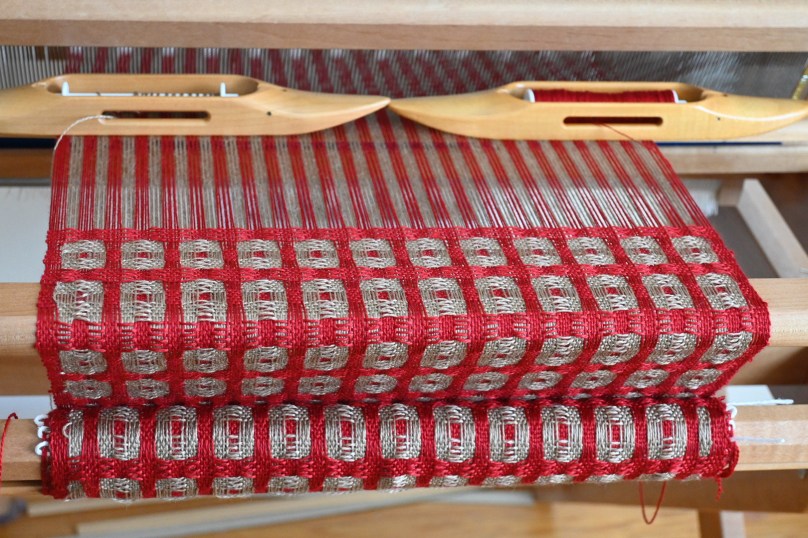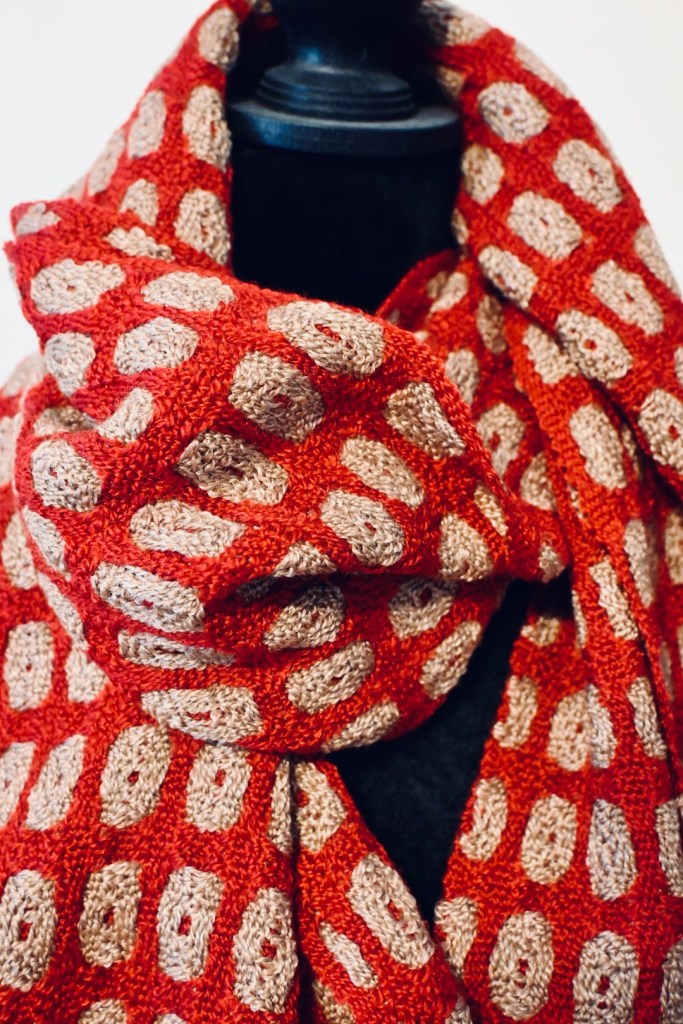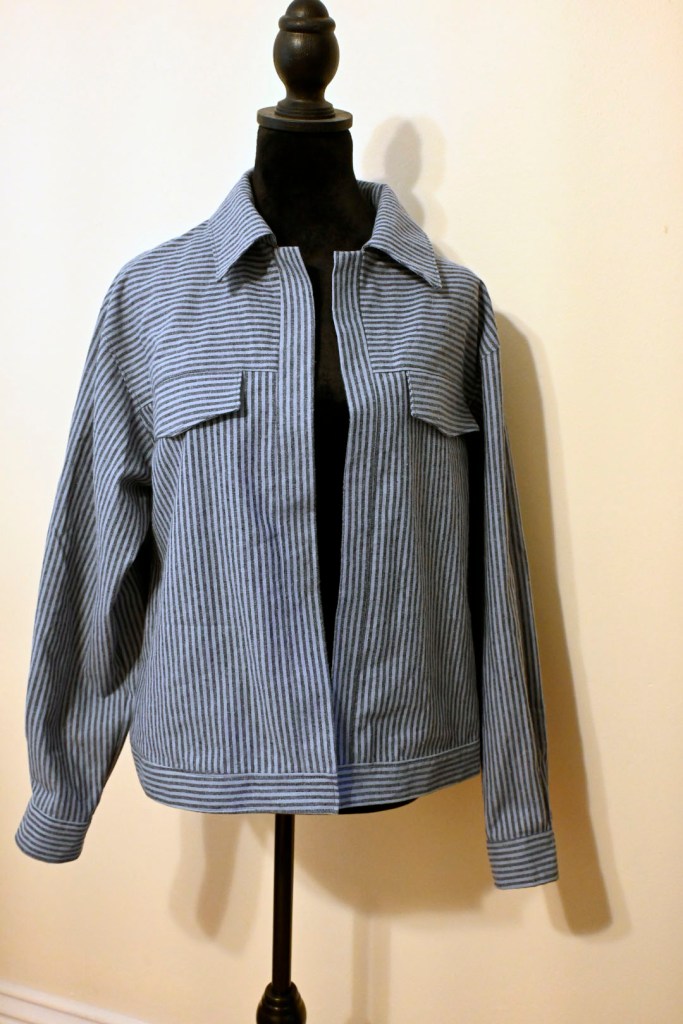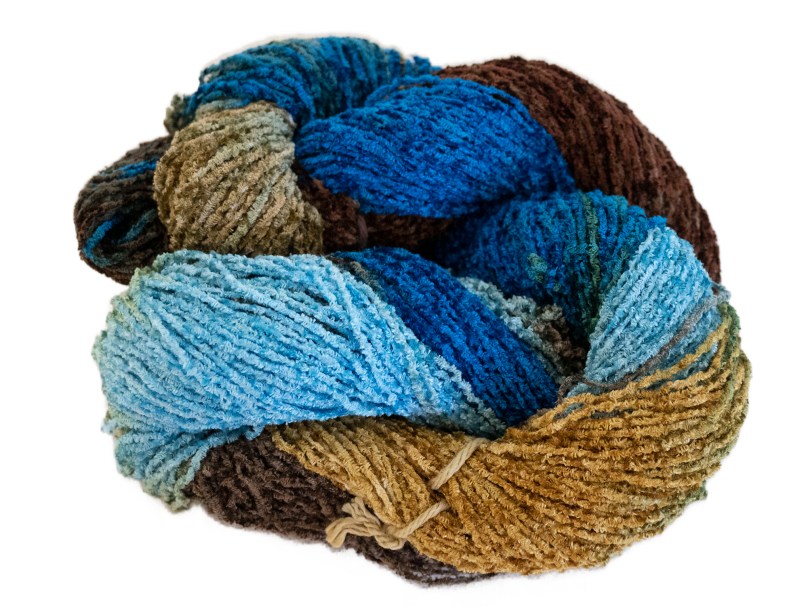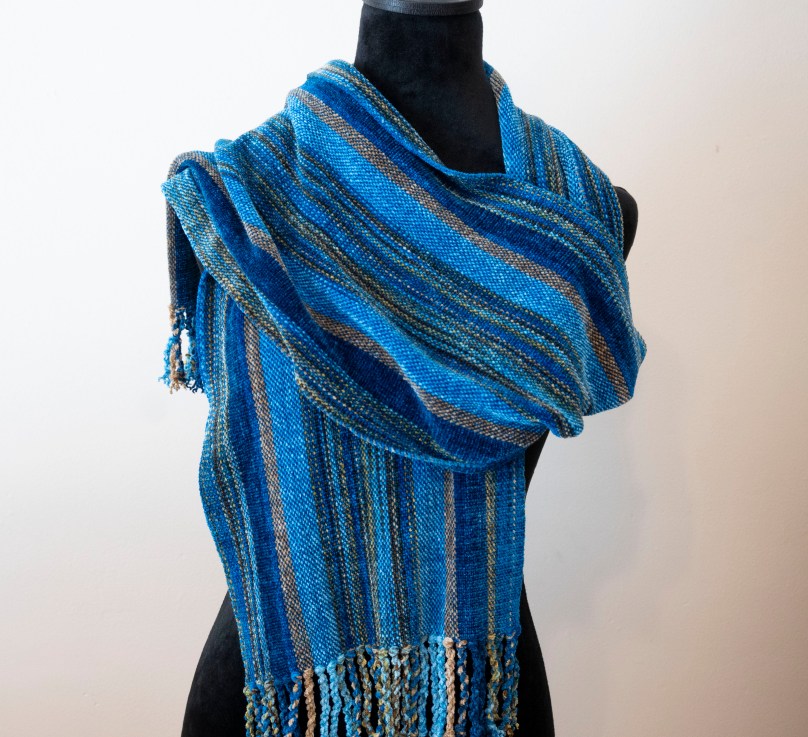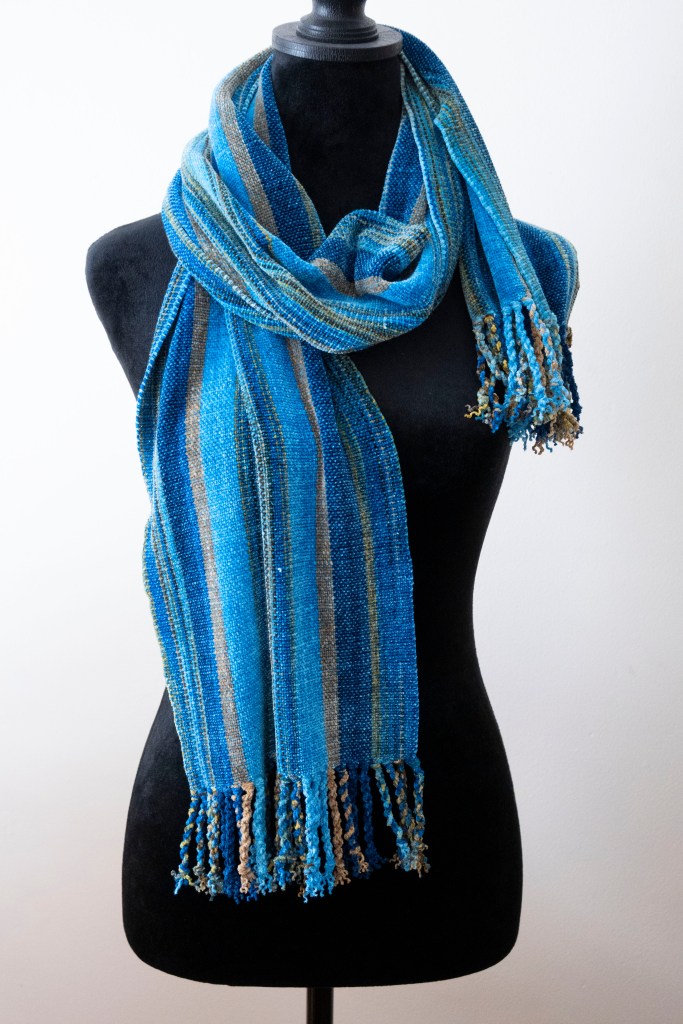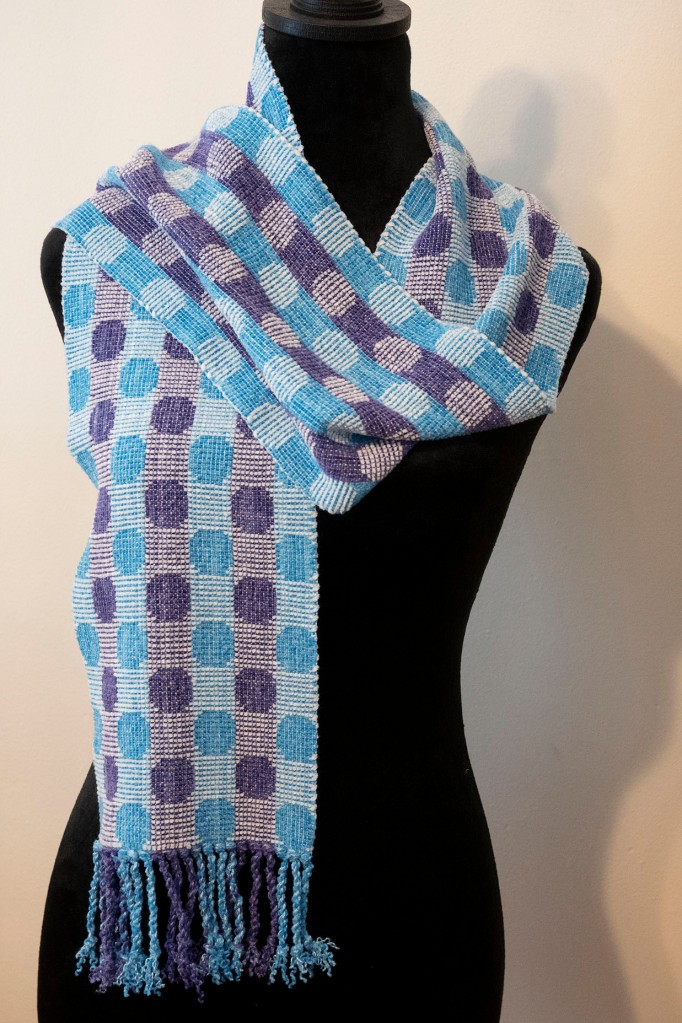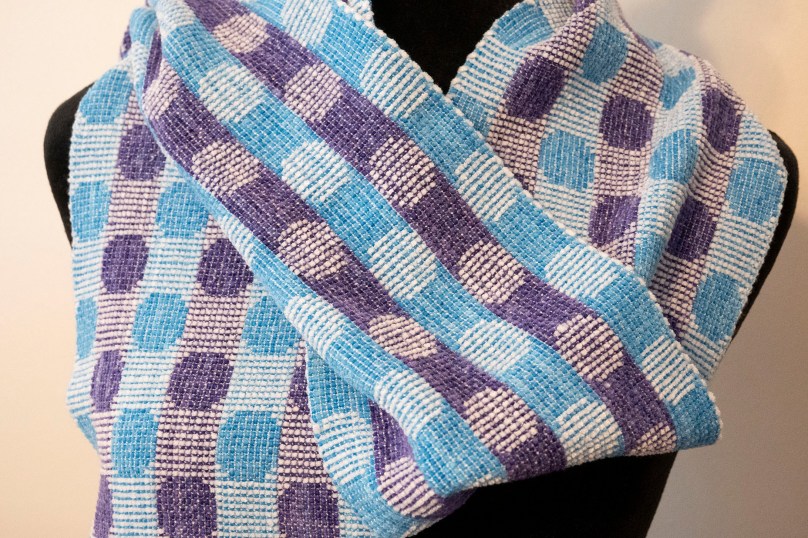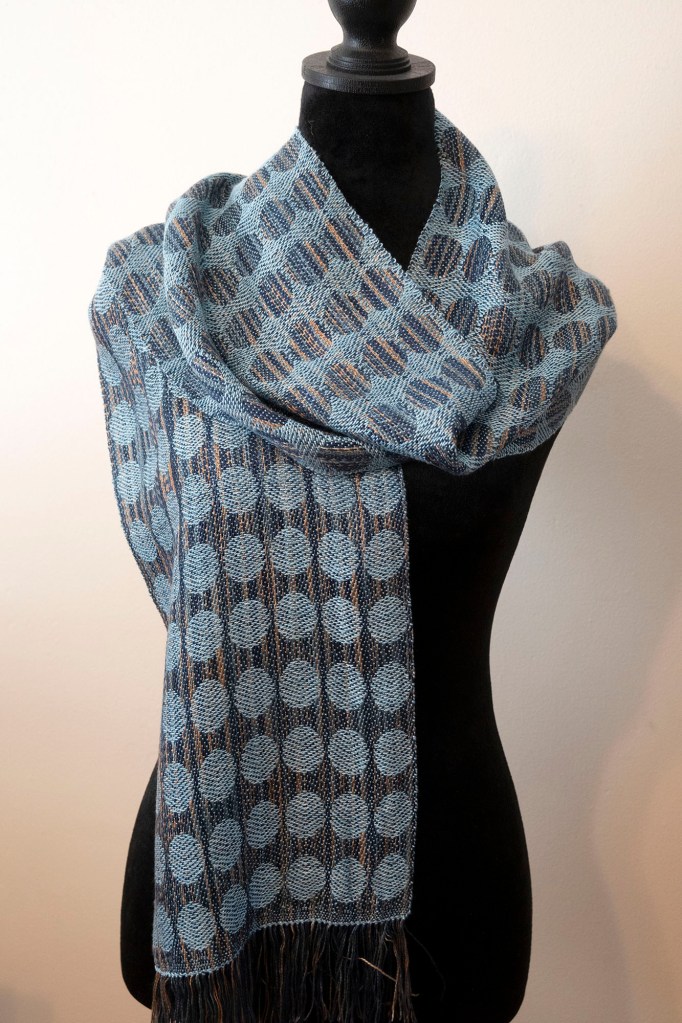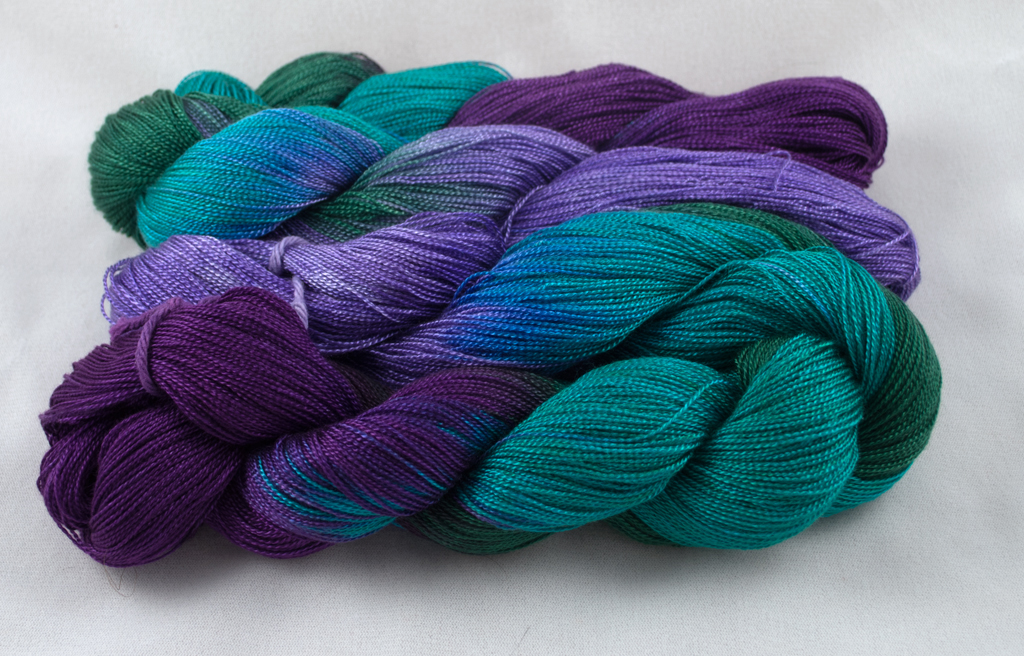A few end of the year items. I finished an awesome mosaic stitch sweater.
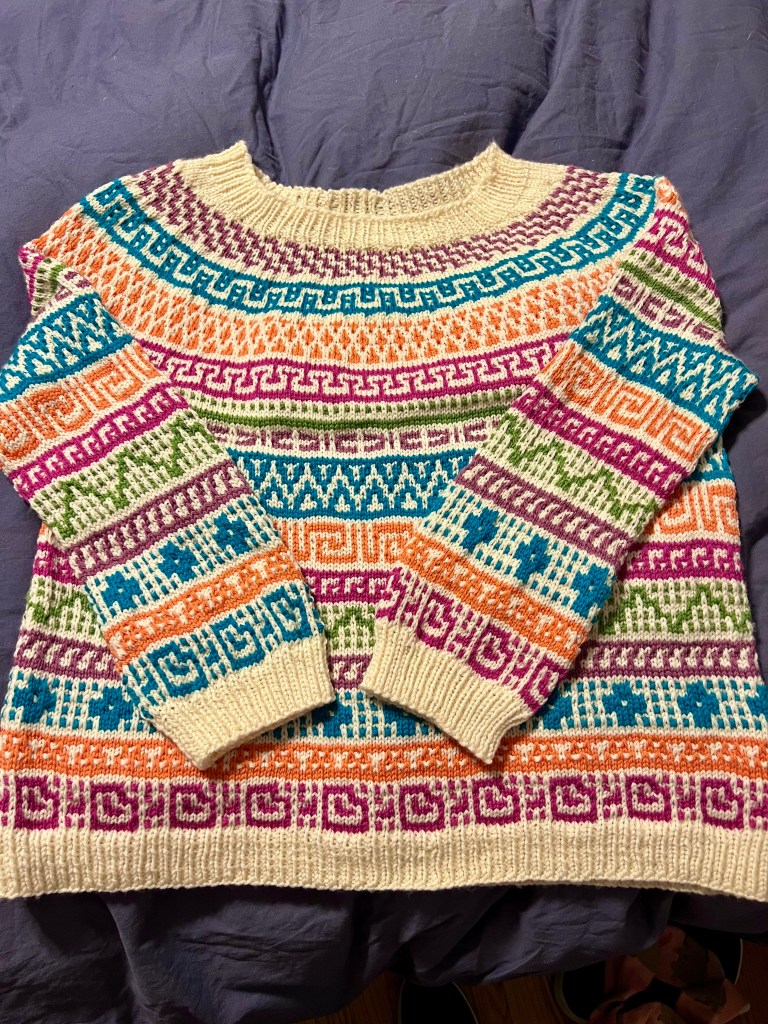
This is the Faro Pullover by Nomad Stitches. You can find it on Ravelry. I continue to be fascinated by mosaic stitch and wish there were more knitting patterns available for sweaters in this stitch. This is knitted in the round, and all of the charted pattern rows are knitted twice. You slip pattern stitches with the working yarn in back.
Speaking of mosaic stitch, I also knitted a Knit Hello Season’s Greetings. This image is from Ravelry where you can also find the pattern by Rüdiger Schlömer. This version of mosaic is knitted in garter stitch. When slipping pattern stitches, the working yarn is in back on the first row and in front on the second row.
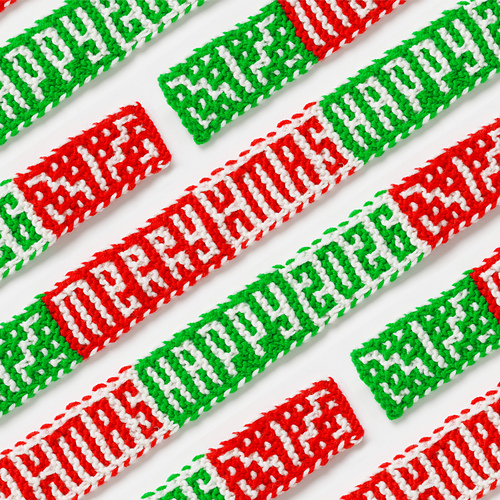
I continued work with Deflected Double Weave. As promised, I wove another pattern by Janet Phillips from her book Exploring Woven Fabrics.
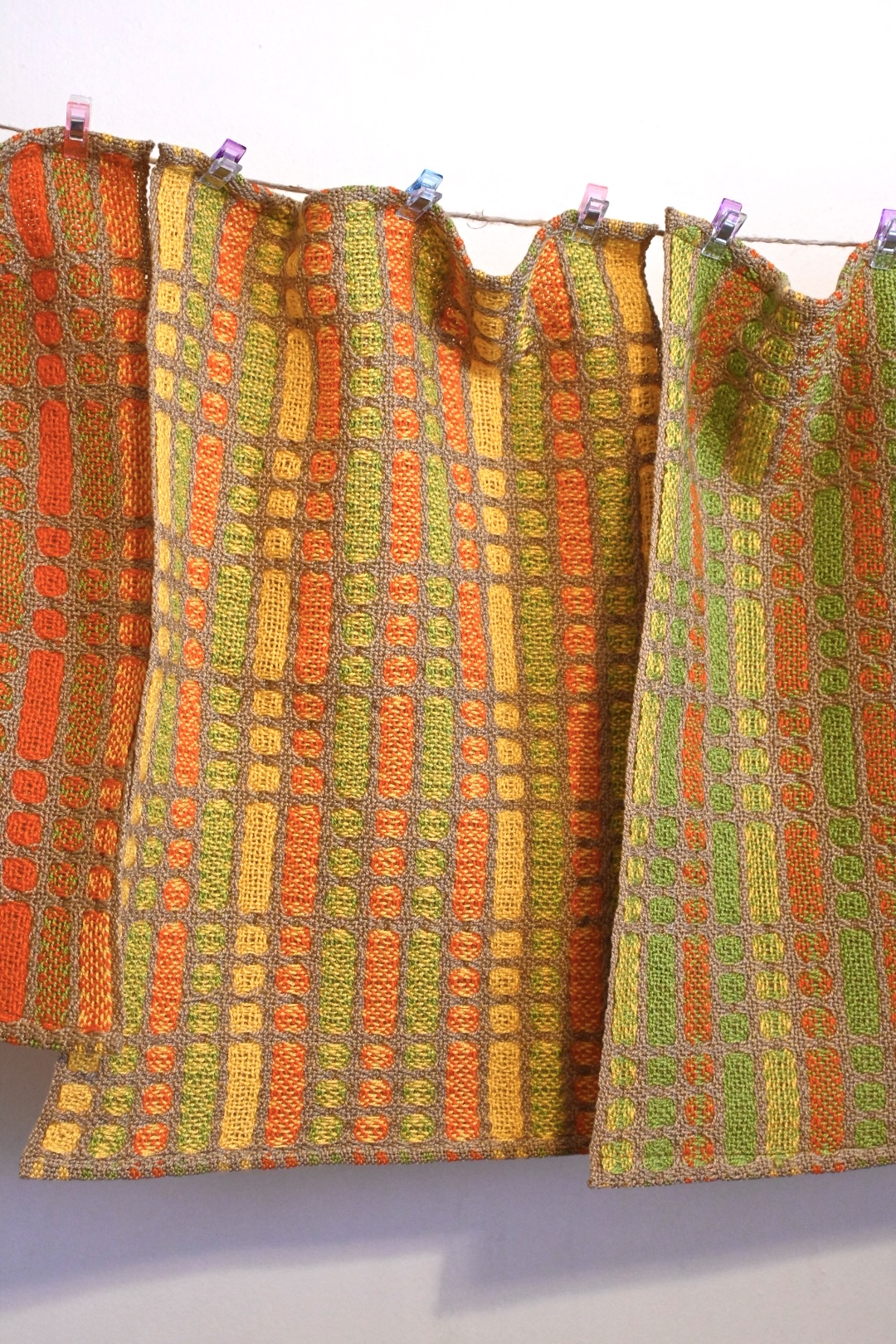
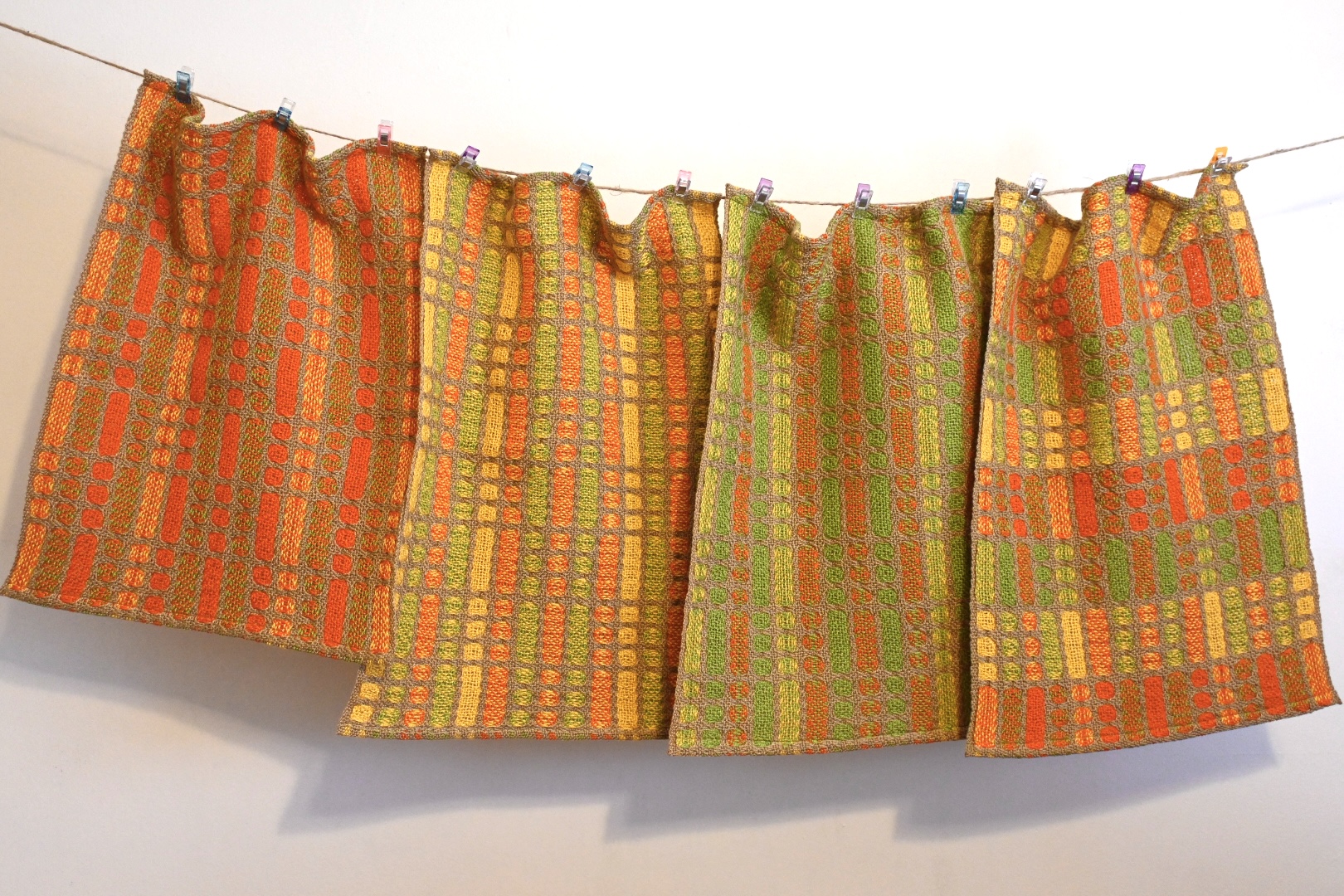
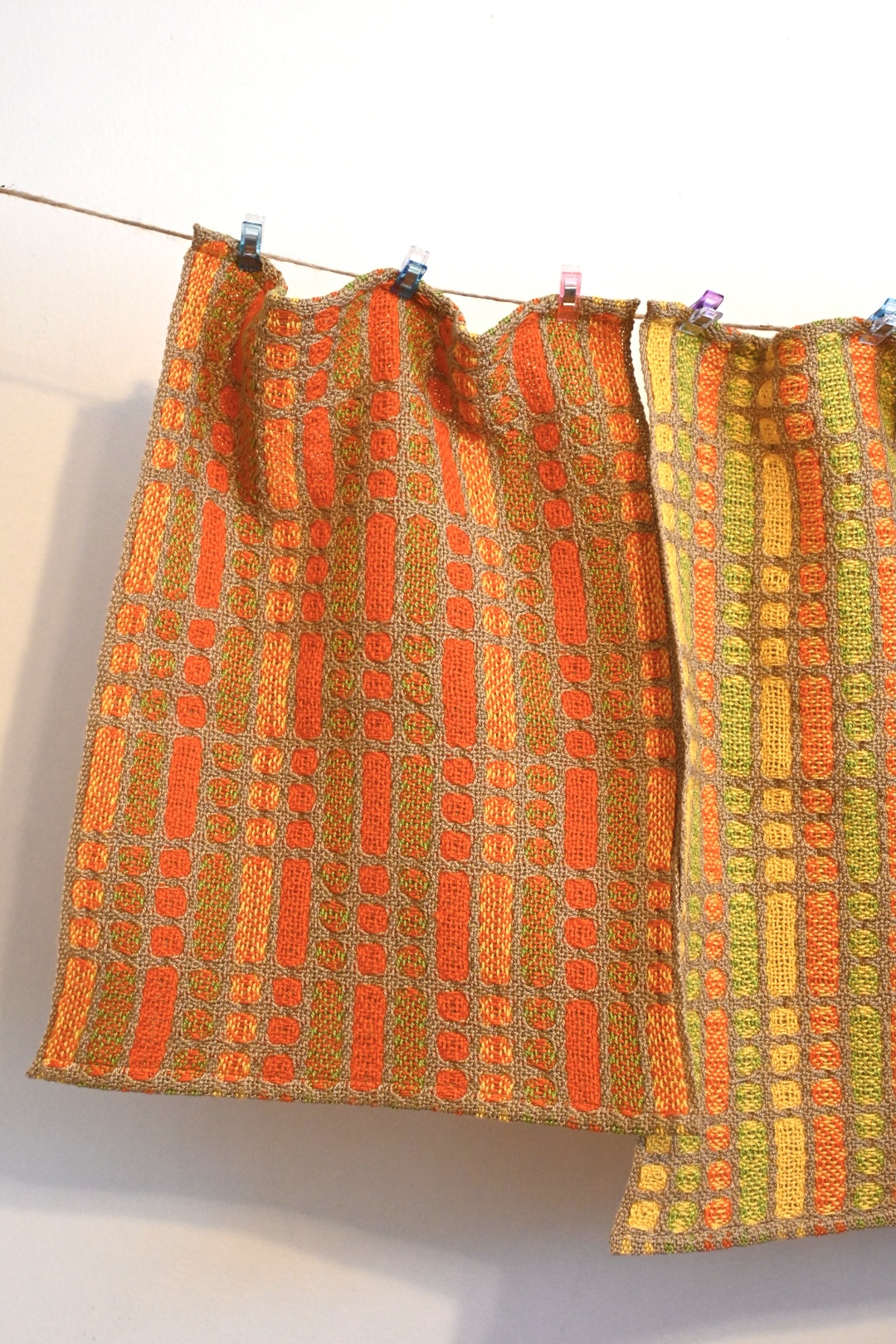

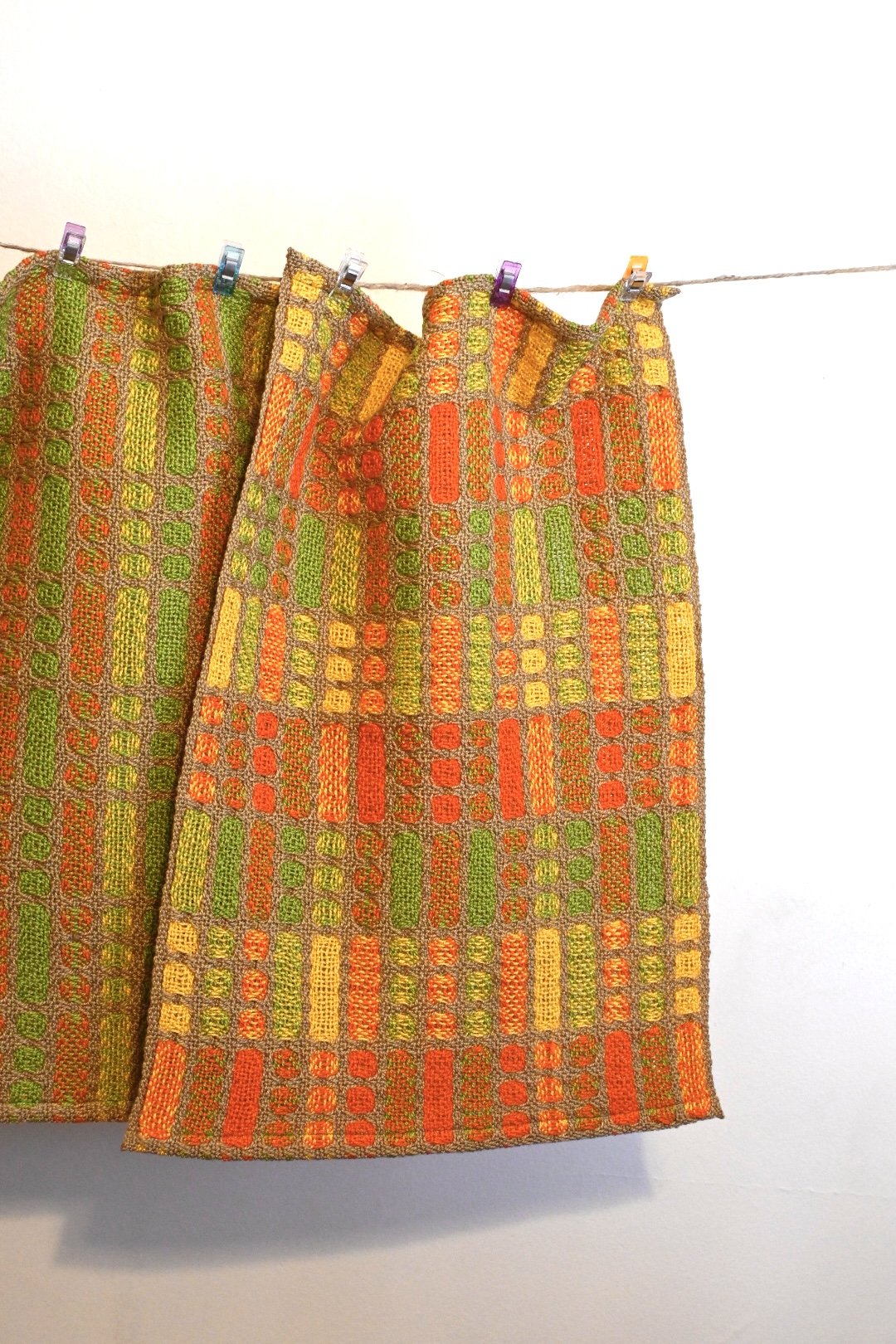
I happened to have a lot of 5/2 mercerized cotton in these mid-century modern colors, so I went for it. These mats were sett 16 epi, and I had a good time weaving them. Although, the color placement for the blocks could have been better, and for some reason the first one turned out shorter than the rest.
Next up, a Deflected Double Weave pattern by Elisabeth Hill, Owner of plainweave, Melon-Colored Baby. Find that one on Etsy. I’m doing this one with 2/10 Merino Tencel in warp and weft, this time with a sett of 16 epi.
***************************************************************************
Feedback Form

